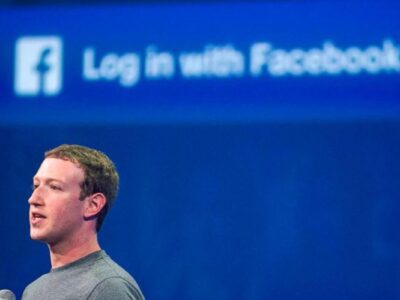Why does the Image in the Mirror turn from Left to Right instead of Top Down?
You may immediately answer that this is the principle of light reflection. But that was not enough. Stand by yourself in front of the mirror and you will see this immediately. The text on your T-shirt in the mirror is reversed.
The thrust of your hair also moves to the other side. The mole on the left ear lobe you are seeing is on the right side … Standing in front of you is a picture of yourself being upside down: what was left now on the right and vice versa. But what above is still above, below is still below – as if the mirror is moving left and right, but not flipped from top to bottom.
Of course, the mirror does not “know” anything about your posture; It simply reflects the light that collides with it. So when that light reflects on the light sensor in your eyes, the image in your mirror reverses only from left to right. According to Gizmodo, the short answer is no reversal. In fact, the question of what makes horizontal axis so special in the context of the mirror itself is flawed. That’s because a mirror does not reverse the picture from left to right or from top to bottom, from front to back. In other words, the image in your mirror does not have to be swapped but reversed in the third direction, like a glove being flipped inside out.
This is a thought experiment to help illustrate the reverse reverse concept backwards. Suppose, for a moment, you can squeeze your body flat. Imagine that, your body can go through itself without ruining any other tissue of the body. When you stand in front of the mirror and press the tip of your nose into the mirror, it is easy to infer that the image you see is looking back at you as the result of your (mirrorless) rotation at 180 degrees and stepping backwards through Mirror, into the “realm” of the mirror. But this is not the case we are talking about.

Your image was inverted perpendicular to the mirror.
In fact, the rear half of your “no mirror” has been pressed flat in the direction of the mirror. When your shape starts to flatten like a pancake, the front half of your body (ie, all the body parts are behind your nose but still in front of your body). The back of your body and nose are in the same plane (ie the plane occupied by the mirror). But then your second half continues to push, continuing the journey through the plane of the mirror and going straight through the front half of the body before recovering the “normal” shape on the other side of the mirror. This new, opposite you symmetrical, but your body and you in the mirror do not overlap. In chemistry, such entities are called “chiral” (asymmetrical).
Here’s another way to think about it, popularized by physicist Richard Feynman (Massachusetts Institute of Technology): Stand in front of the mirror, and notice the direction you are facing. For testing, let’s say you are facing north. Your right hand points east and your point of reflection is east. Likewise, pointing your left hand towards the west is your reflexive gesture in the same direction. That’s because these directions lie along the plane parallel to the mirror. Similarly, just up or down and your reflex will follow, moving in the same direction.
But deviating from the parallel plane that even a little something starts to vibrate. Remember: Your image is inverted perpendicular to the mirror. Try pointing directly into the mirror, so that your fingers are now facing north. Your reflections are now directed at you – not the North, like your fingers – but the South.






